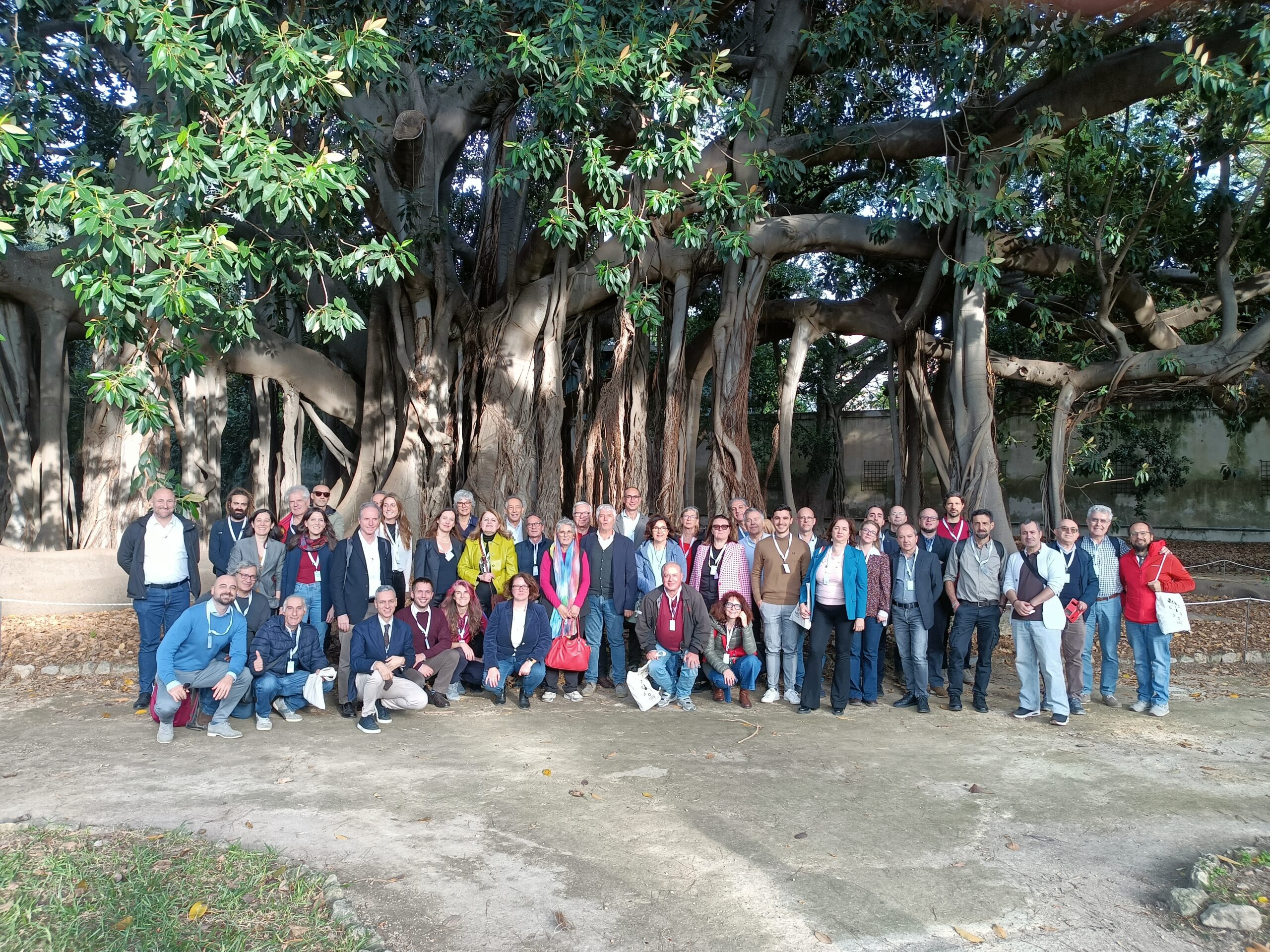A research team from the Forest Modelling Lab at CNR-Isafom has revealed important information about the factors influencing the resilience, productivity, and stability of European forests, focusing particularly on the impact of tree and forest stand age. The findings, based on measurements taken at various ICOS sites, were presented in two studies conducted in collaboration with the University of Florence, published in the journals Journal of Environmental Management and Forests.
Tree and forest stand age, as a result of past forest management that shaped their diversity and structural and physiological characteristics, significantly influences the functioning of these ecosystems and affects their ability to mitigate climate change.
This is highlighted by two studies from the Institute for Agricultural and Forest Systems in the Mediterranean of the National Research Council of Perugia (CNR-Isafom), which also involved the Forest Geomatics Laboratory of the University of Florence, published in the journals Journal of Environmental Management and Forests. Part of the activities was carried out within the framework of the NBFC, the National Biodiversity Future Center coordinated by the CNR. The monitoring sites were part of the Integrated Carbon Observation System (ICOS) research infrastructure.
The studies were conducted within the Forest Modelling Lab, a multidisciplinary structure specializing in the study of forest ecosystems through advanced simulation systems: it was precisely through the use of the Three Dimensional – Coupled Model Carbon Cycle (3D-CMCC) – a three-dimensional model that simulates the dynamics of carbon, nitrogen, energy, and water flows in forests with different plant species, ages, tree diameters, and height classes – that it was found how the age of the stands fundamentally affects the carbon balance, its assimilation, and therefore the productivity of the stands, with effects on the resilience and stability of forests under both current and future climatic conditions.
In particular, European sites of Scots pine, Norway spruce, and beech, three of the most important and common species in Europe, with different ages were examined: on these forest stands, the CNR bio-geo-chemical model was applied, investigating their natural evolution scenarios in a future “undisturbed” by human intervention.
“By analyzing the impact of climate change and age on European forests and considering five different scenarios,” explains Elia Vangi from the Forest Modelling Lab, first author of both studies, “it is clear that for all the species studied, the differences in forest age are more significant than those between climate scenarios. Forest productivity peaks in young and middle-aged stands (16-50 years), regardless of climate conditions. In particular, beech forests prove stable and resilient with increasing atmospheric CO2 and temperature, showing an increase in aboveground biomass (crowns and trunks), which instead decreases in Norway spruce forests, especially in older age classes.” “Scots pine,” he adds, “maintains a more stable CO2 storage capacity than other species but sees a decrease in annual volume growth. Understanding these dynamics is crucial for developing effective management strategies. Promoting species and age diversity within forests can strengthen their resilience and adaptability to future climate change.”
“These results,” continues Gherardo Chirici, a professor at the University of Florence and director and scientific coordinator of the Forest Geomatics Laboratory (geoLAB), “highlight the need to consider the diversity of age classes, missing in most global vegetation models, for reliable and robust assessments of the impacts of climate change on the stability and resilience of future forests.”
The results obtained, experts say, have significant implications for future forest management at the European level. “Future climate uncertainty,” says Alessio Collalti, head of the Forest Modelling Lab at CNR-Isafom, coordinator of both studies, “will unevenly influence the functionality and ecosystem services of forests, varying according to species, structure, and stand development. Young forests may grow faster but also live significantly shorter lives, while mature forests will show greater stability and resilience due to the greater amount of accumulated carbon and better adaptation capacity.”
The researchers evaluated climate projections up to 2099, considering the effects of no human intervention. “The main message emerging from these analyses,” concludes Collalti, “is that forest management causes consequences whose impacts exceed those associated with climate change. For this reason, it is crucial to consider the age and adaptive responses of different species to understand the impact of climate change and thus adopt specifically targeted forest management approaches.”



 Italiano
Italiano





